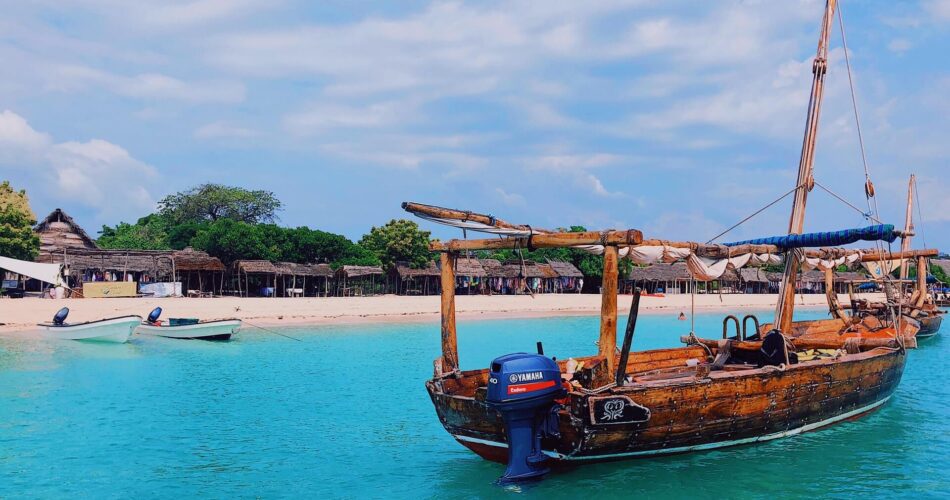This guide aims to help you plan a trip and find the best things to do in Zanzibar. It will cover all aspects of your trip, from the planning stage (what type of accommodation, flights, and transfers) to the actual day-to-day activities.
The pristine turquoise waters, white powdery sandy beaches, and tropical palm tree paradise of Zanzibar are like nothing else in the world. Stone Town, the World Heritage Site of Zanzibar, is the most evocative of the island’s attractions. A visit to Zanzibar isn’t complete without exploring its streets and winding alleyways, which can keep visitors occupied for hours at a time. The Palace of Wonders, a former sultan’s palace turned museum, is one of the most popular attractions in Zanzibar.
As a result of its Indian and African heritage, Zanzibar is a beautiful mix of the two. On the northern tip of the island, Zanzibar City and Stone Town, near the center, are the two largest settlements. Traditional African and Arabic architecture can be found in the former, but more vibrant, colorful buildings can be found in Stone Town. Many small shops line the streets, selling everything from spices and fabrics to souvenirs and local crafts like the ornate chests known as bidriware.
You’ll want to check out this list of the best things to do and see in Tanzania if you want to get the most out of your time there.
Why Should You Consider Traveling to Zanzibar?
Zanzibar’s idyllic coastline
For those seeking a tropical paradise with pristine beaches, Zanzibar is the place to go! The archipelago’s warm, clear waters, coral reefs, and abundance of marine life make it an ideal snorkeling and scuba diving location. Zanzibar is where to go if you want lazy days on the beach with fine white sand under your feet. This idyllic island also has plenty to offer those interested in the outdoors, cultural exploration, or an adrenaline-pumping adventure. Discover Zanzibar’s northern, eastern, and southern coasts’ beaches, which are among the best things to do in Zanzibar
It has a distinct history, culture, and architectural style.
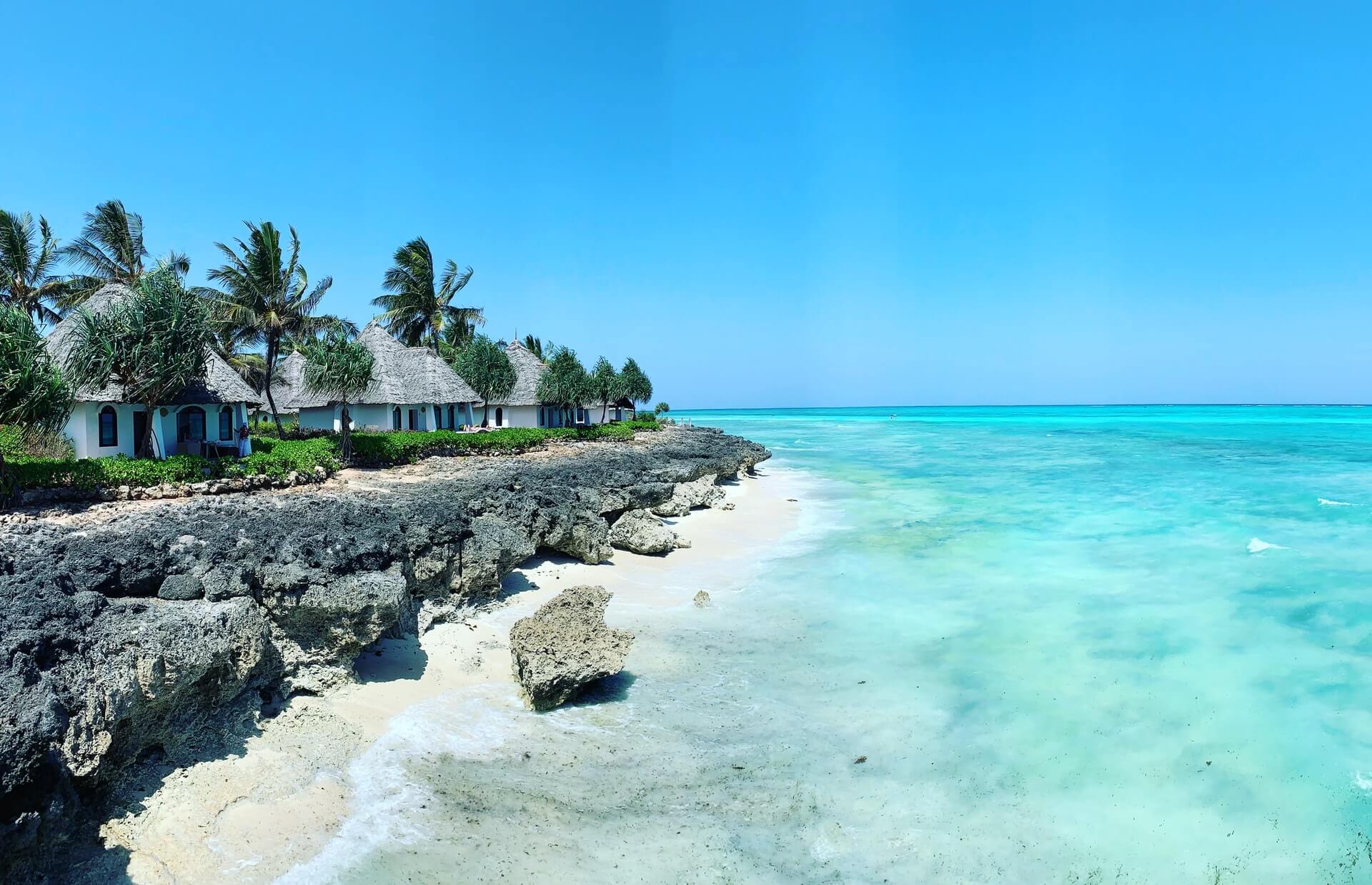
Zanzibar is a semi-autonomous region of Tanzania that is largely undeveloped. Arabic, Indian, African, Persian, and European influences can be seen in the vibrant history and rich heritage. The island’s colorful past enriches the experience for everyone who visits. Historical Stone Town’s old quarter is one of the world’s most fascinating UNESCO World Heritage Sites, with mosques and houses of varying architectural styles lining the cobbled streets.
Historic mansions, such as the House of Wonder, and lively bazaars, stalls, and shops tell a story of an evocative past that a tumultuous history has shaped. People in Zanzibar lead a mostly Muslim lifestyle, which can be seen in everything from how they dress to how they make jewelry and crafts. Be on the lookout for the well-known Zanzibar carved teak doors. To get a taste of the local music style known as Taarab, a fusion of classical Swahili poetry, percussion, and rhythm with various influences from the Middle East, Africa, India, and the West, head to the Dhow Countries Music Academy.
One of the world’s best diving destinations.
The waters of Zanzibar are some of the world’s best for diving, and the coral reefs are among the best in the world. It’s easy to see why it’s a popular choice for divers looking to explore the ocean floor. Both shore dives and boat-accessible reef dives are options.
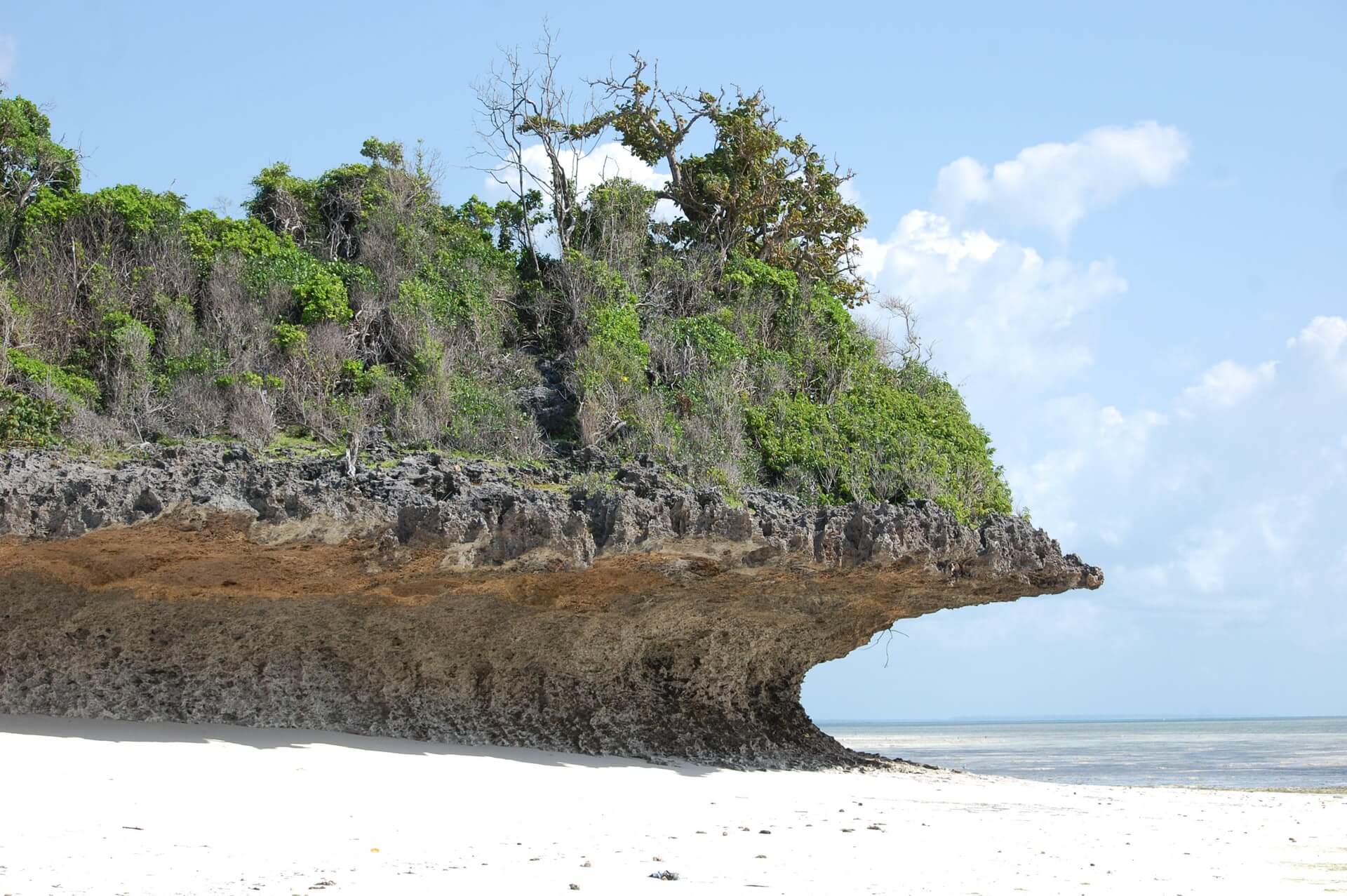
From scuba diving and deep-sea fishing to kayaking and traditional wooden dhow sailing, Zanzibar has something for everyone. Explore the coral reefs by swimming and snorkeling, or try windsurfing, kiteboarding, waterskiing, or island hopping in search of tropical fish. Many visitors to Zanzibar look forward to diving, which is excellent in several locations. Mnemba Island has shallow coral gardens teeming with colorful reef fish and steep drop-offs where turtles bask in the sunlight.
Pemba’s waters are ideal for more experienced divers. For some exciting drift diving and to sea creatures like the spotted eagle ray, which has a 3m wingspan, many of the Pemba reefs fall away into steep walls, unlike the reefs around Zanzibar Island.
A wide variety of plants and animals can be found here.
Jozani Forest Reserve, home to the critically endangered Red Colobus Monkeys, is another great reason to visit Zanzibar, Africa’s most unique island. Thanks to conservation efforts, the island’s endemic monkeys are slowly recovering from extinction. With more than a thousand species of butterflies and numerous birds to admire, the Jozani National Park is the only place on the island where you can see so much nature.
Visitors to Jozani-Chwaka Bay National Park should see Kirk’s red colobus monkeys. As one of the best places in Africa to see monkeys, this is highly regarded by many ecotourists. Perhaps there aren’t many other places where you can get so close to a wild monkey without fear of being bitten and yet still see one that doesn’t act aggressively. There are also leopards and the Zanzibar Sykes’ monkeys living in Jozani and the Ader’s duiker (a small antelope found only on Zanzibar and the Kenyan coast).
One of Zanzibar’s environmental community projects, the Zanzibar Butterfly Centre (located 1 km from Jozani Forest Park), has taught residents of the area how to sustainably farm butterflies. One of Africa’s largest butterfly sanctuaries and exporting the pupae of the butterflies is the goal of the project. Over 100 Zanzibar-native butterfly species can be observed flying freely in the lush netted gardens during an interactive tour led by a knowledgeable guide.
Ufufuma Forest, on the other hand, is a great option for those looking for something a little more unique and less predictable. It’s unlikely you’ll see red colobus monkeys, but plenty of birds and reptiles are still to look out for. Hive colonies in the forest can be found collecting honey, so keep an eye out for them.
Whale sharks swimming off the coast of Mafia may be the ultimate wildlife experience, however. It’s a great opportunity to learn about and interact with these enormous plankton-eating fish between September and March every year through Kitu Kiblu.
What Are the Best Things to Do in Zanzibar?
Take a trip to Nungwi.
Zobraziť tento príspevok na Instagrame
Nungwi, on the northwestern tip of Zanzibar, is the best place to get your toes in the pristine coral sands of the Indian Ocean. Despite the presence of a DoubleTree by Hilton and other lodging options like tropical gardens, beach cottages, and restaurants with water views, the area has not been overrun by international tourists, and locals mix freely with guests. There are plenty of water sports to choose from, including sunset cruises and deep-sea fishing expeditions in search of sailfish and bull dorado.
Visit the giant tortoises on Prison Island by boat.
In the past, it was used as a prison for slaves before they were transported to other countries or sold at the slave market in Stone Town. Located just off the coast of Stone Town, the island of Changuu (don’t confuse it with Canggu in Bali!) is also known as Changuu Island. It’s a bit of a misnomer that Prison Island in Zanzibar has the intimidating moniker it does (and is not a fun day trip!). On the island, there was never a prison. Yellow fever patients were quarantined there in the 1860s, and the island was also used as a prison for slaves who had escaped.
Giant tortoises have taken over the island, making it an adorable place to live. As for their size, I mean they’re the size of a small human. In 1919, the British governor of Seychelles gave these to the island as a gift. One of the tortoises on the island is now 194 years old, and it has produced a large number of descendants.
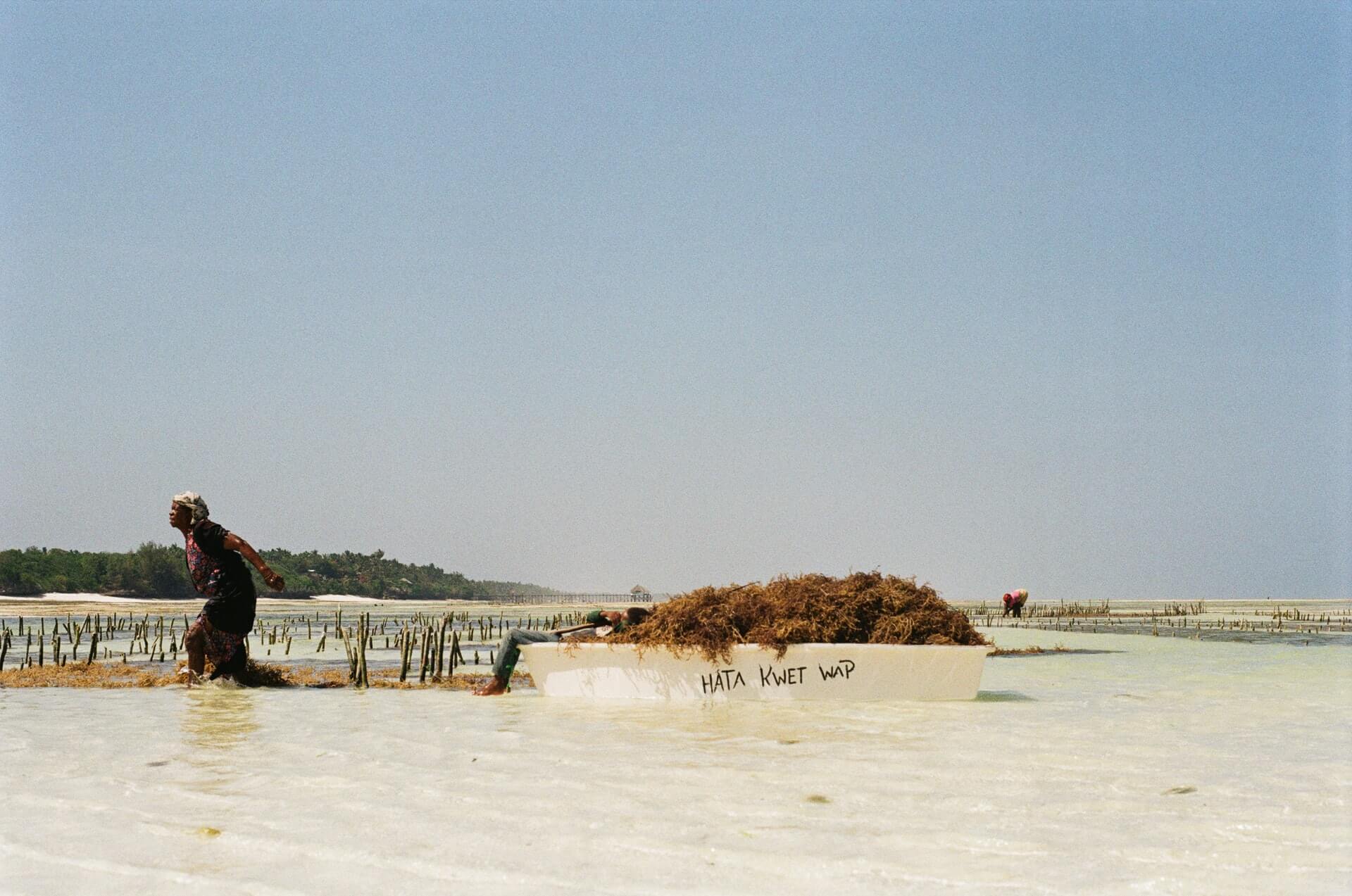
Stone Town is a 25-minute boat ride from where you can get to Prison Island. Prison Island. You can usually find someone selling tours near the beach, or you can ask your hotel if they can assist you in making a reservation. You can book a private tour if you want a more in-depth tour with the opportunity to snorkel! Consider this tour instead if you want to see all of Stone Town and Prison Island in a single day. To get a taste of everything Stone Town and Prison Island have to offer, we recommend that you visit both locations at once!
The island is open from 9:00 am9:00 am to 4:15 pm4:15 pm every day. It’s possible to spend as much as two and a half hours there (or more, if you’ve booked a tour). There is an entrance fee of $4 to the island, which may or may not be included in the price of your tour.
A Taste of Zanzibar’s Street Food
Forodhani Market in Zanzibar is a great place to sample some of the best street food globally, a concoction of Bantu, Arab, and Indian flavors that you’ve never had before. Locals gather along the seafront promenade every evening at sunset in Forodhani Park, where they set up food stalls to sell a variety of foods to passing tourists and residents alike until late into the night. Zanzibar’s unique street foods can be sampled here, including the famous Zanzibar Pizza, which has nothing to do with pizza except its shape and name.
You should avoid the seafood stalls with the hawkers and touts who try to get your attention and pressure you into buying their seafood with overly friendly gestures that will ultimately scam you. If you want to avoid being conned, food stalls with clearly labeled menus and prices are your best bet. Just order what you want and walk away. These stalls are easy to find if you pay attention to where the locals are queuing up. Most of the time, the food sold at these stalls is authentic and delectable.
Stone Town is a must-see!
Stone Town, Zanzibar’s capital city, has been home to the island’s inhabitants for more than 20,000 years. By virtue of its geographical position and protected harbor, Stone Town was transformed from an isolated fishing village into one of Africa’s major trading centers. From Portugal and Oman to Great Britain, the island was ruled by a variety of colonial rulers until it became an independent state in 1963.
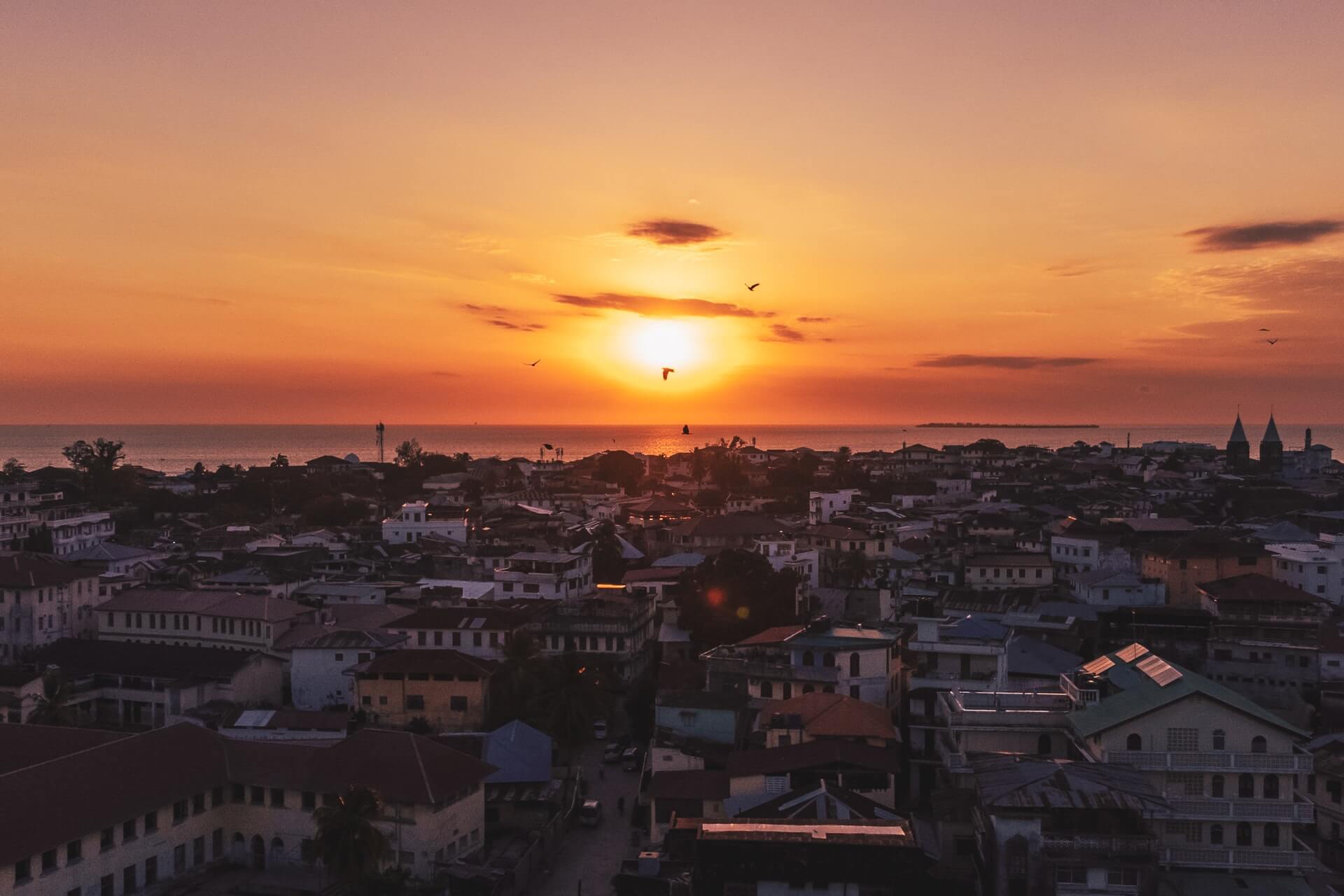
Stone Town, Zanzibar
Traders and colonizers from India and the Middle East have left their mark on the island’s culture. As a slave-shipping port and a place where hundreds of slaves worked on plantations, the island was also impacted by slavery. Discover Zanzibar’s northern, eastern, and southern coasts’ beaches, which are among the best things to do in Zanzibar.
Forest of Jozani.
The red colobus monkey, a critically endangered species, is one of the park’s most sought-after sights for many of the park’s many visitors. This simian specimen is a one-of-a-kind beauty, with distinct cries and vibrant coats, thanks to its isolation from its African mainland cousins.
You can walk through the mangrove swamps on a boardwalk, and there’s a slim chance you’ll see a leopard, but don’t get your hopes up too high because the last time anyone saw one was decades ago.
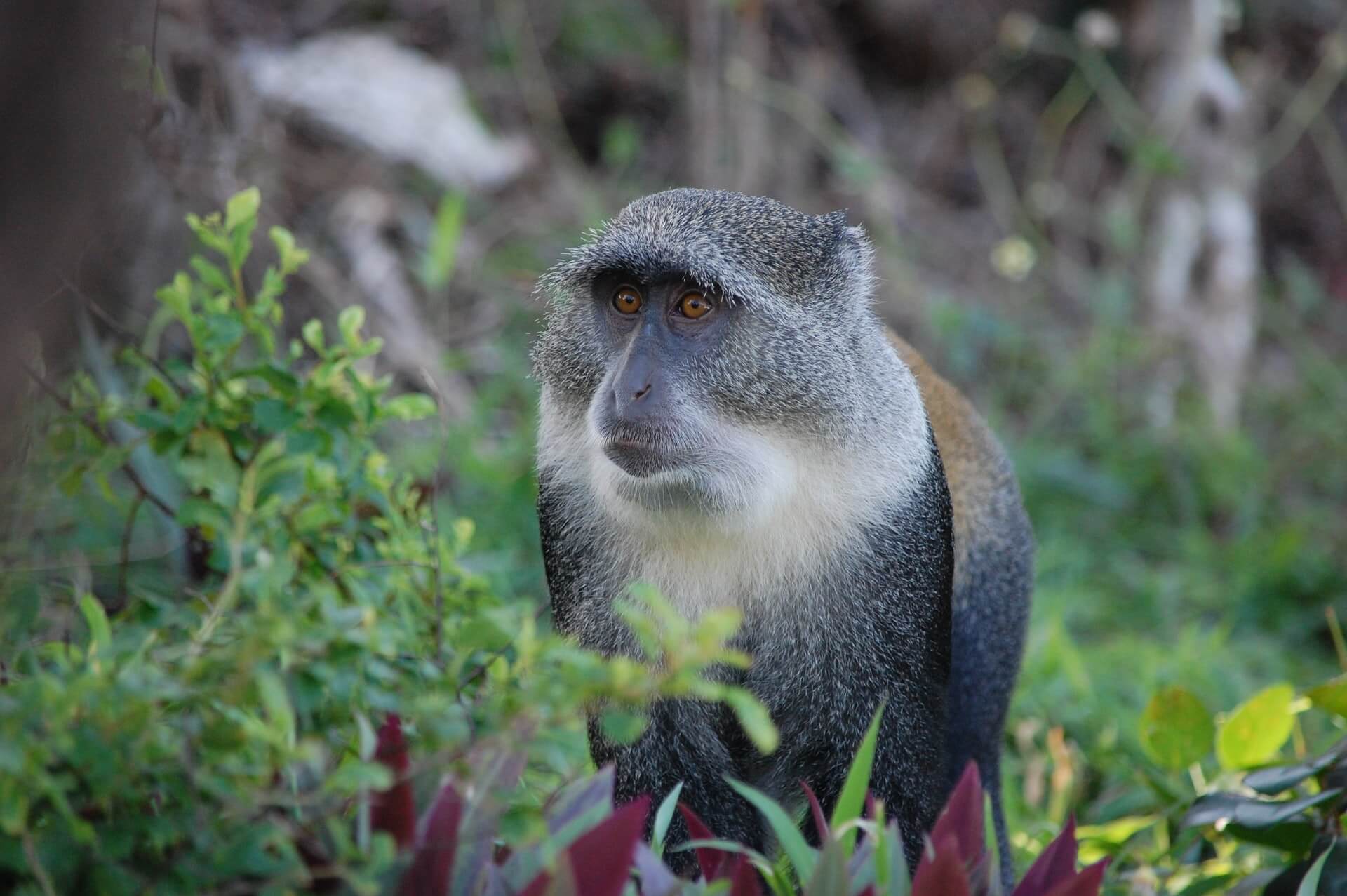
Forest of Jozani
All year long, the park is open from 7:30 am7:30 am until 5 pm5 pm, seven days a week. There is an $8 fee that includes a brief tour of the facility. The mangrove boardwalk can then be explored on your own. Tipping your guide is optional; however, it is appreciated.
Try Your Hands at Kitesurfing on the Eastern Seaboard.
Zanzibar is a great place to learn to kitesurf if you’re looking for something a little more active to do on the beach. Paje, Jambiani, Dongwe, Kiwengwa, and Pwani Mchangani on the east coast have some of the best spots. Paje is the most well-known and, as a result, the busiest, thanks to its long stretch of white sand and variety of inner and outer lagoons. If you’re looking to rent kitesurfing gear or take a few lessons, Paje and Jambiani are the best places to go. When it comes to windy weather in Zanzibar, there are two distinct periods: from June to October and from December to March. Throughout the year, tidal ranges can fluctuate greatly.
Discover Beach Activities in Kendwa
If you want to swim all day, avoid the eastern part of the island because it is tidal. Instead, head to the northern and western beaches like Kendwa. Since no shark attacks have been reported in the area in recent years, Kendwa is an excellent choice for a beach vacation.
Visitors flock to this part of the Unguja for its laid-back holiday vibe, and the best Zanzibar has to offer in terms of activities. Scuba diving, parasailing, skydiving, sunset cruises, seafood barbeques, and full moon parties at Kendwa Rocks are just some of the activities available to visitors.
Snorkel or dive in Zanzibar at one of the atolls
In Zanzibar, snorkeling and diving are popular activities, and there are many excellent spots to try them out. Located just off the northeast coast, Mnemba Atoll is regarded as the best location for snorkeling. There will be a wide variety of fish to observe! It’s possible to rent a boat right on the beach if you’re near Mnemba (Kigomani or Matemwe beach villages).
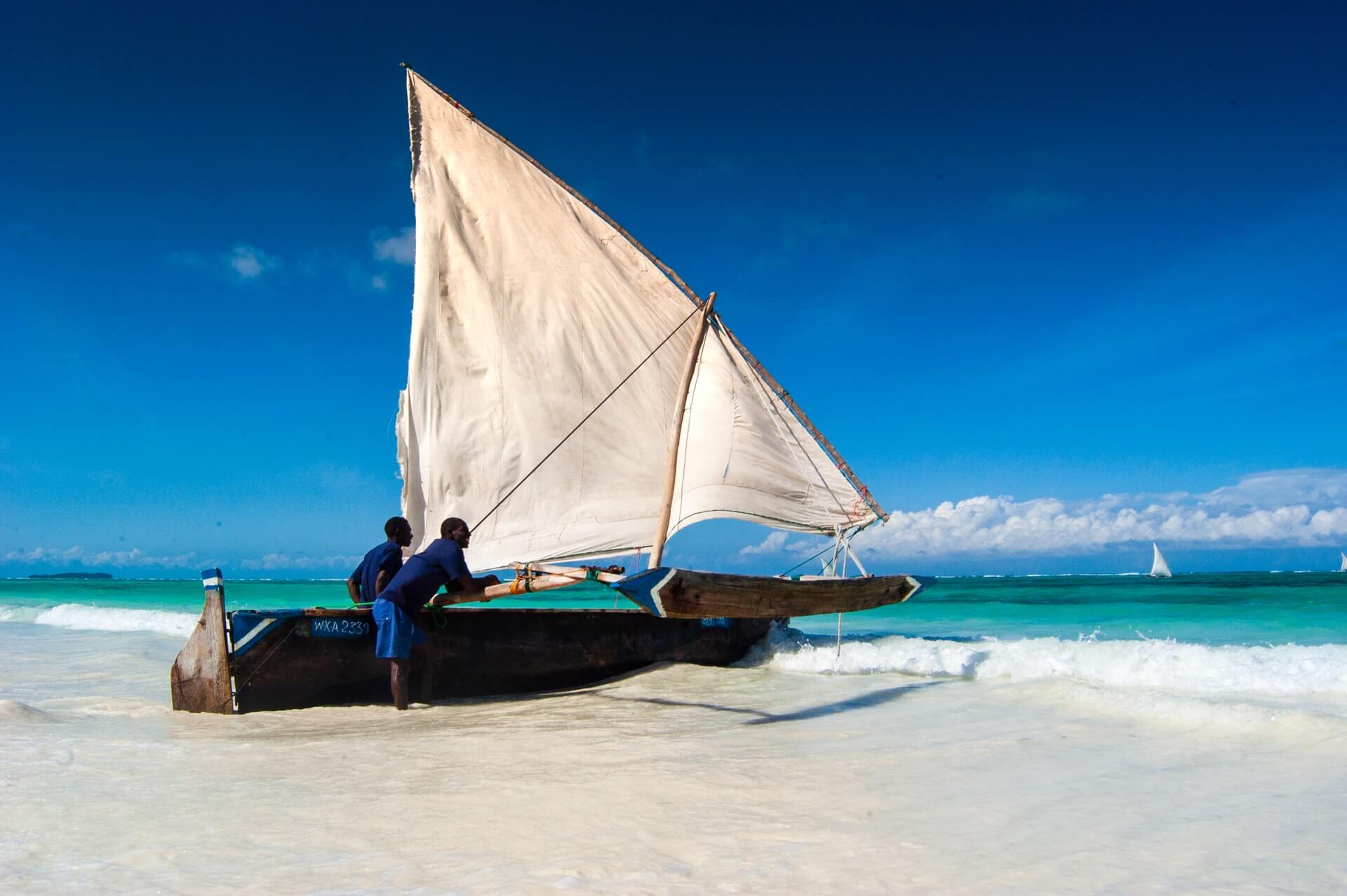
Matemwe, Zanzibar North, Tanzania
It’s the cheapest option, but don’t expect a luxurious experience! These boats are as basic as they come, and they don’t have any bells and whistles. When doing this, don’t forget to pack your own snorkeling mask! Because of the abundance of marine life and the area’s crystal-clear waters, diving is one of the best things to do in Zanzibar. Make it a point to visit at least once!
Have lunch at the Rock restaurant.
When it comes to Zanzibar’s tourist attractions, The Rock restaurant Zanzibar stands out as one of the most impressive. It’s something you’ve probably seen on postcards as well! On a real rock off the coast of Pingwe, this restaurant serves up some of the best seafood you’ll ever have the pleasure of eating. You may have to wade out into the water to reach the restaurant in some cases.
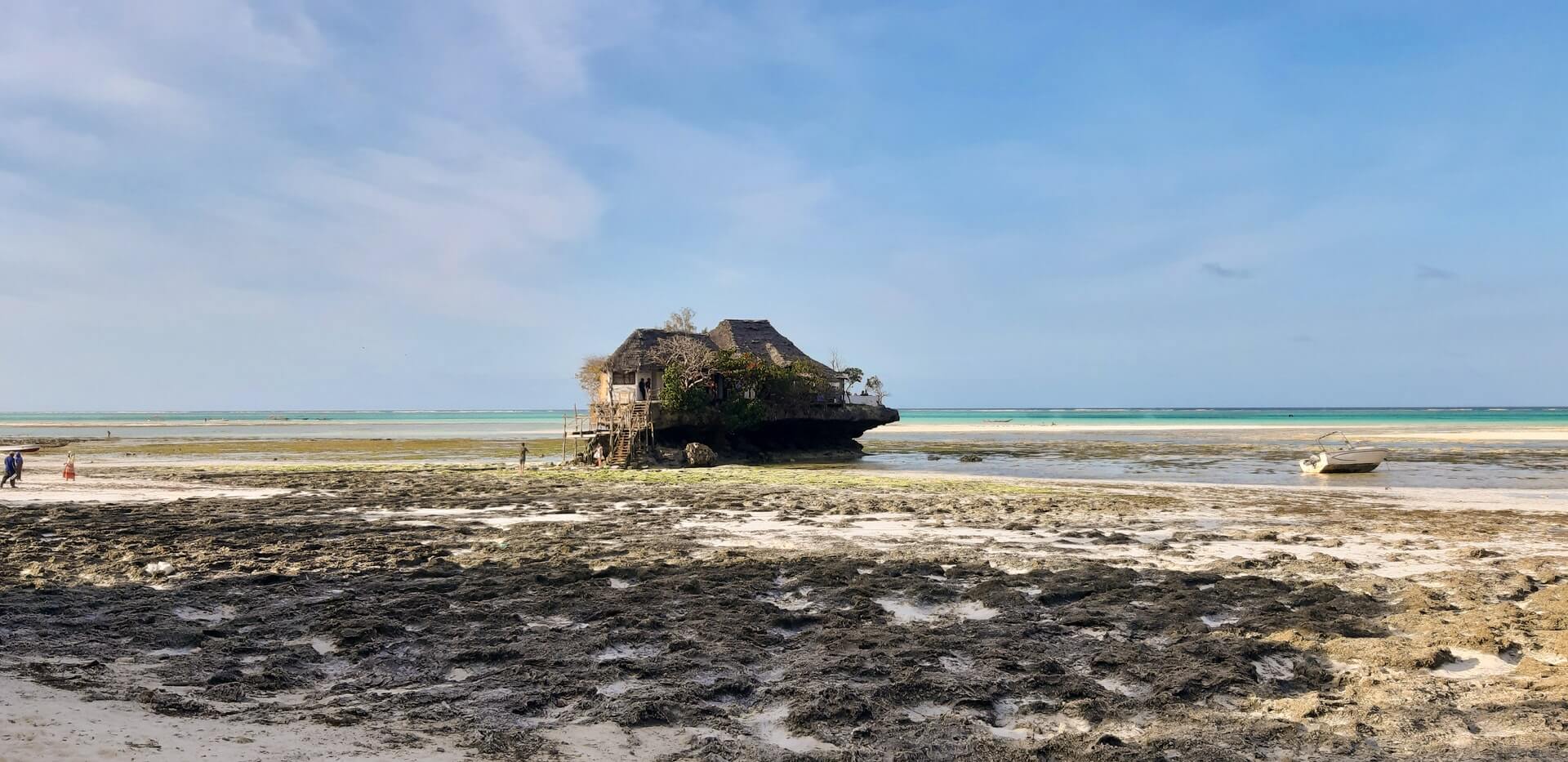
House On The Rocks – Zanzibar
As a lifeline for subsistence fishermen, the Rock restaurant has grown into one of Zanzibar’s premier dining destinations. If you can get a reservation, your taste buds will thank you. There are only 12 tables, and they’re often booked. You’ll be ready to eat with the fish carpaccio, a bottle of South African rosé, and a bowl of local Swahili spaghetti.
To get the most out of your visit, lunchtime is the best time to visit. During dinner, it’s usually too dark to see everything around you (the sun sets around 6 pm6 pm). Because of the restaurant’s high demand, seating times have been established. You must make a reservation and arrive for lunch at either 12 or 2 pm2 pm (for lunch). Compared to other restaurants in the area, the prices at Rock Restaurant Zanzibar are a little higher because of the unique dining experience. Expect to pay at least $60 per person for a good lunch.
How To Get Around In Zanzibar, Tanzania
There are no direct flights from the United States to Zanzibar with any airlines. However, flights from major Middle Eastern hubs like Muscat, Doha, Dubai, or Qatar are available. Additionally, you’ll be able to fly into major European hubs like Amsterdam and London and major African cities like Johannesburg and Dar Es Salaam.
It’s easy to get to Zanzibar by ferry when you are already in Dar es Salaam in Tanzania. In Dar es Salaam, regular boats depart from the ferry terminal, and the journey should take about 70 minutes and cost up to USD 50. To get to Unguja Island, you can take a flight to Abeid Amani Karume International Airport.
There are numerous modes of transportation available in Zanzibar once you arrive. An authentic local experience can be had by riding in the back of a dala-dala. Around 20 people can fit in these Jeepney-style vehicles (although you might find them a little cramped and uncomfortable). There is a Darajani Market in Stone Town in Zanzibar City where you can take a bus to the north or south.
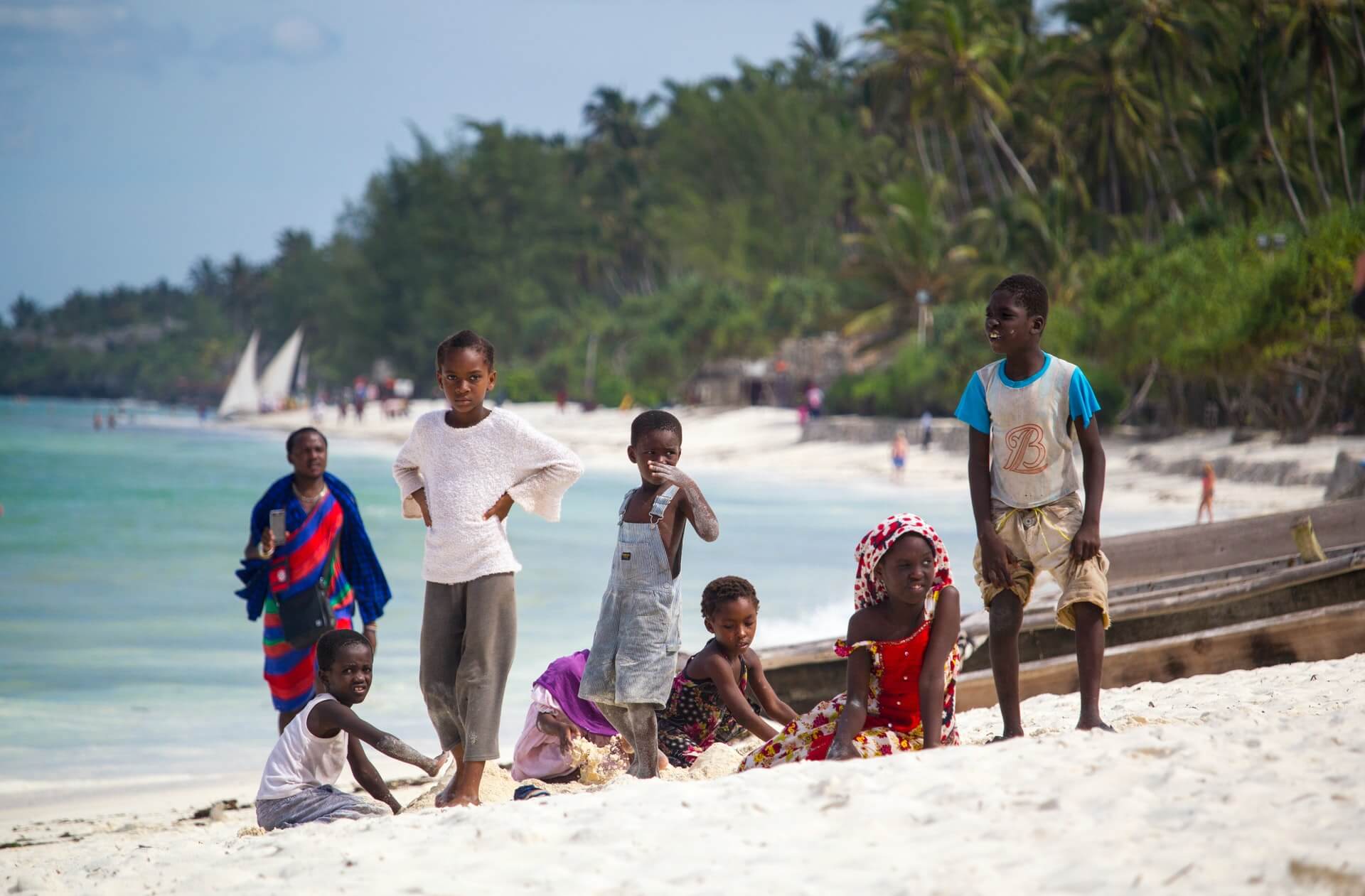
Unless you know someone in the know, you’ll have to wing it with the help of an inhabitant. Some touts may try to rip you off by asking for your fare in advance and then charging you a much higher fee than quoted. Traveling should cost no more than 2,000 Kenyan Shillings plus an additional 1,000 to store one’s bag.
To get around town, you can take a taxi from your hotel or the airport, both of which are convenient stops for tourists. Ask the front desk if they can reserve you a car. With a tour operator’s help, it’s possible to hire your own personal driver for the duration of your trip.
Booking a car or motorcycle for your own exploration is a very appealing option, especially if you’re going to be traveling alone. Two-wheeler rentals don’t necessitate any license, but you will need one to rent a car.
The majority of Stone Town’s attractions can be accessed by foot if you plan to stay in the city.
What Is The Best Time to Visit Zanzibar
Tourists can visit Zanzibar year-round. Located south of the Equator, it enjoys a tropical climate because of this. At least 8-9 hours of sunlight per day are on the island’s average, making it a great remedy for cloudy winter days!
The climate in Zanzibar is ideal for a beach vacation on the Indian Ocean. There is an average of 30 inches of rain a year, but you’ll want to go during the driest time of the year. During the dry season, there is absolutely no chance of rain from mid-June to mid-October. It is highly unlikely that any of the days will be cloudy or rainy. Other than that, stay away from April and May, and November due to heavy rains.
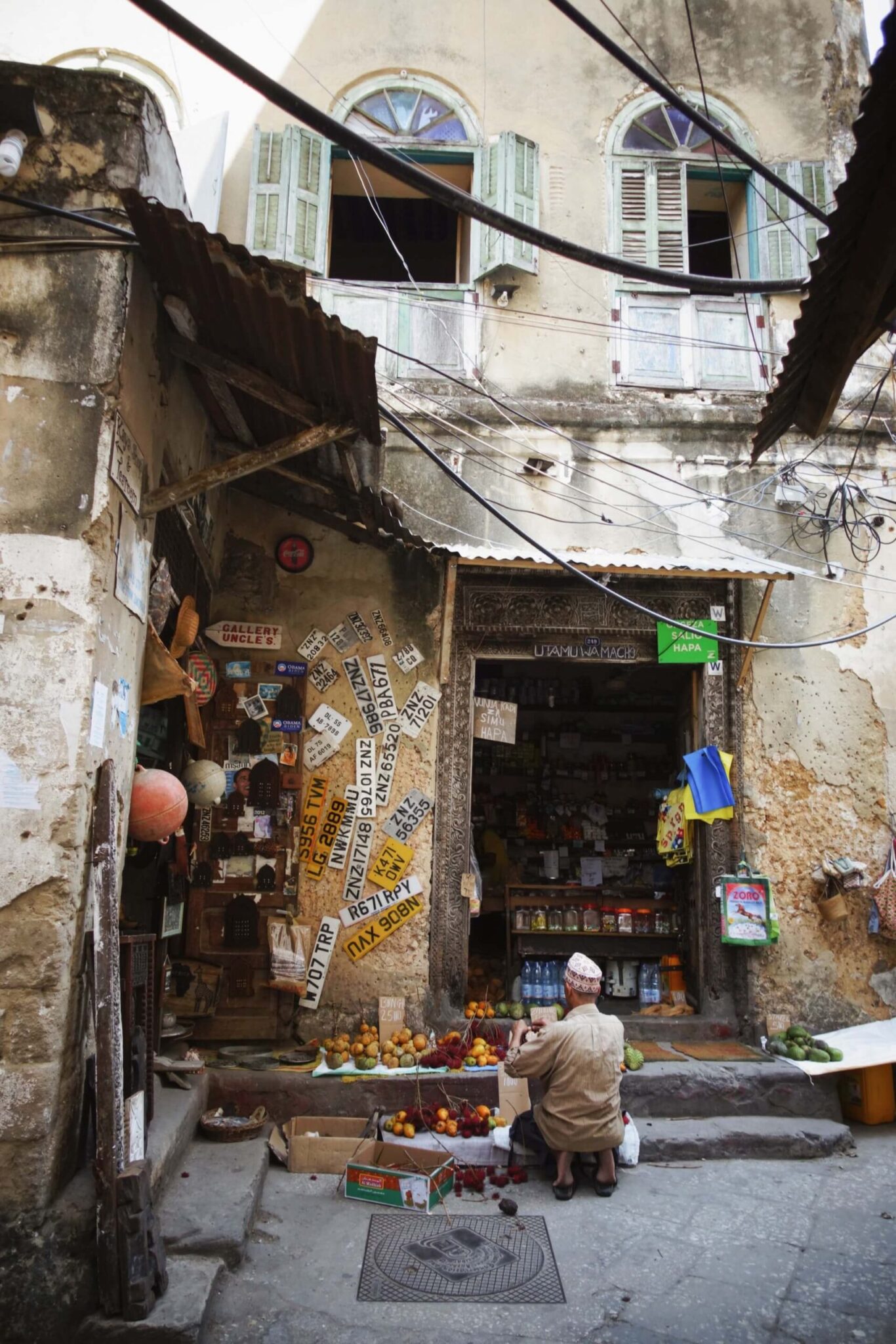
Stone Town, Zanzibar, Tanzania
January and February are the best months to visit outside of the dry season, with a slightly lower risk of rain in February. It’s possible that December and March will be drenched, but the majority of the day will still be pleasant. You should avoid Zanzibar in April and May if you plan to visit in November, March, or December. Unless, of course, you enjoy drizzly beaches with little to no sunshine.
How Many Days To Spend In Zanzibar?
Your trip to Zanzibar should take up at least three full days of your time off. Walking along the beaches of fine white sand, going scuba diving in the Indian Ocean, and going on the spice tour are just some of the activities and experiences that you can have and enjoy while visiting Zanzibar. The island also offers a great deal more. You should plan to spend at least three full days exploring Zanzibar during your time here. Vacations in Zanzibar lasting seven days or longer are ideal for couples on their honeymoon.

Zanzibar is one of the world’s most romantic honeymoon destinations, thanks to its pristine beaches and picturesque landscape. Couples on their honeymoon in Zanzibar have a variety of options, including relaxing on the island’s beautiful beaches or taking part in one of the island’s many activities before enjoying a glass of wine on the shore as the sun sets.
Is It Safe In Zanzibar?
Do not hesitate to visit Zanzibar, one of the safest African destinations even for solo travelers, because of its security. The people of Zanzibar, like those of most of Africa, are friendly and open to visitors.
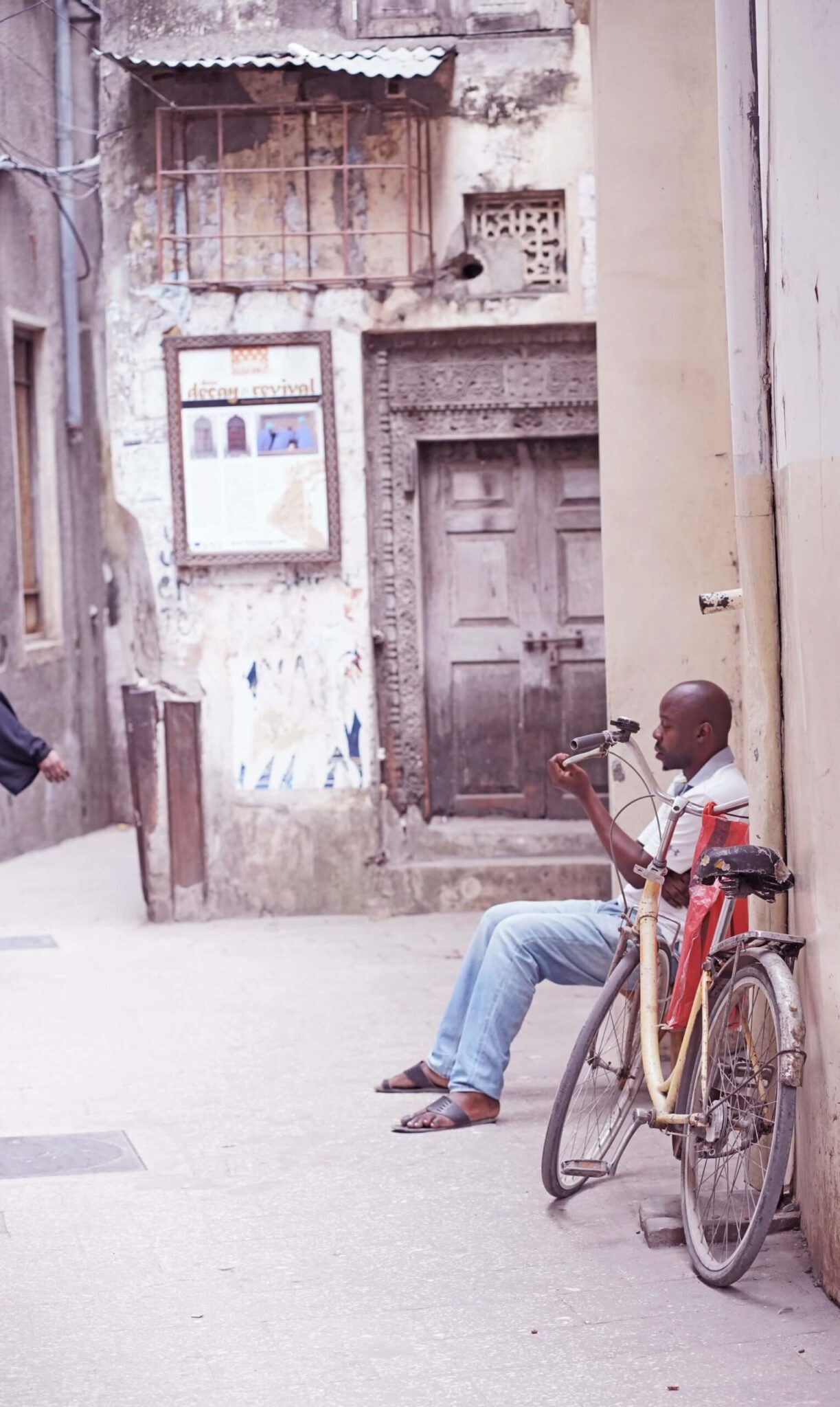
Stone Town, Zanzibar, Tanzania
You don’t have to be if you’re concerned about your safety while visiting Zanzibar. Zanzibar’s authorities take tourists’ safety very seriously because it is the island’s primary source of revenue. Despite the fact that Zanzibar is a very safe island, sailors should use caution when sailing around the island because pirates may be lurking in the waters. On the other hand, you won’t have to worry about your Enchanting Travels sailing excursion! Our local guides know the area well and are in constant communication with local authorities and residents to ensure your safety at all times.
Foreigners who can afford to visit the islands of Zanzibar are generally regarded as wealthier by the locals. Keep your jewelry and timepieces in the hotel’s safety deposit box, as you would in any other location. At night, avoid the beach and deserted streets of Zanzibar.
Zanzibaris dress conservatively because they are from a predominantly Muslim region. Dress modestly while on your island vacation, especially if you’re going to a remote location. You should avoid wearing short skirts and pants that expose your knees and shoulders. Generally speaking, it’s not a good idea to make out in public.
What you need to do to enter Zanzibar
Tourists visiting Zanzibar must have a passport that is valid for at least six months from the date of arrival. It is highly recommended that tourists confirm the validity of their passports before leaving for Zanzibar. Travel to Zanzibar requires a visa, which can be acquired online. These visas are valid for 90 days, and some countries’ nationals are allowed to visit the island without a visa.
Obtaining an evisa for Tanzania makes traveling to Zanzibar easier, and it takes less time to get the visa. Traveling to Zanzibar with an evisa makes the immigration process easier and quicker. In a period of 10 days, the visa process can be completed. After applying for the visa and paying for the visa, you will wait for approval of the visa, which can be delivered by email.
It is also possible to obtain a visa for Zanzibar upon arrival, and for eVisa applications, there is one link to use (https://www.immigration.gov.tz/). There are different types of visas that may be applied for while visiting Tanzania.
Tanzania offers a variety of visas, including ordinary visas, business visas, multiple entry visas, transit visas, free visas, and student visas. A visa on arrival in Zanzibar costs $50. You need a copy of your passport, a return ticket for your flight, and a declaration form to apply for an ordinary visa when you travel to Tanzania. The fee for the ordinary visa is 50 USD.
Exploring Zanzibar: Must-Do Experiences For Thrill-Seekers
Conclusion
Zanzibar is one of the best, if not the best, places in Africa to visit. To make the most of your visit, take advantage of the archipelago’s endless beaches and the warm, crystal-clear water. For those who want to escape to a more natural environment, Zanzibar is an excellent choice. A trip to the island of Zanzibar is a once-in-a-lifetime experience. Final words: Zanzibar is well worth visiting, and you’ll see why we say that after visiting the island yourself.


